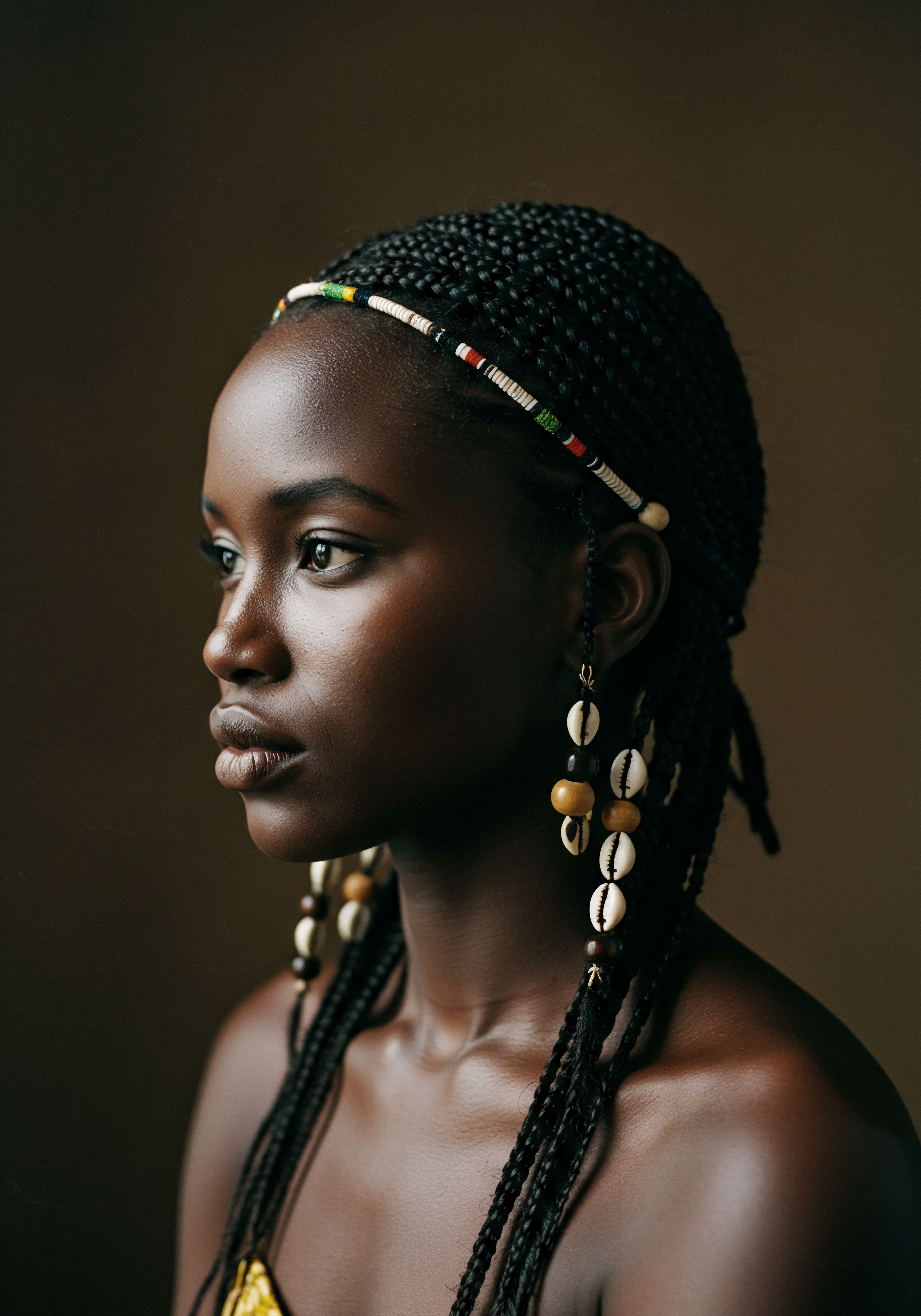
Roots
There exists a quiet hum, a subtle resonance that echoes through the strands of textured hair, a whisper of ages past. It speaks of a deep, abiding connection to earth, to lineage, and to an intuitive knowing that predates bottles and labels. For those with coils, kinks, and waves, hair has never simply been an appendage; it has served as a profound repository of identity, history, and sacred understanding. This foundational wisdom, passed through generations, offers a gentle guiding light for our current explorations of care and adornment.
The very architecture of textured hair, viewed through an ancestral lens, unveils a marvel of biological artistry. Unlike its straighter counterparts, coiled hair springs from an elliptical follicle, creating a natural curvature along the shaft. This distinctive shape, while contributing to its magnificent volume and sculptural potential, also presents specific considerations for moisture retention and tensile strength. Ancient communities, without the aid of microscopes, perceived this inherent nature.
They observed how their hair behaved, how it thirsted, how it responded to touch and environment, formulating practices that honored its delicate balance. This observation, rooted in a keen awareness of the natural world, laid the groundwork for care rituals that prioritized hydration and minimal manipulation, intuitively aligning with the structural needs of these unique fibers.
The inherent structure of textured hair, a biological marvel, was intuitively understood by ancient communities, guiding their gentle care practices.
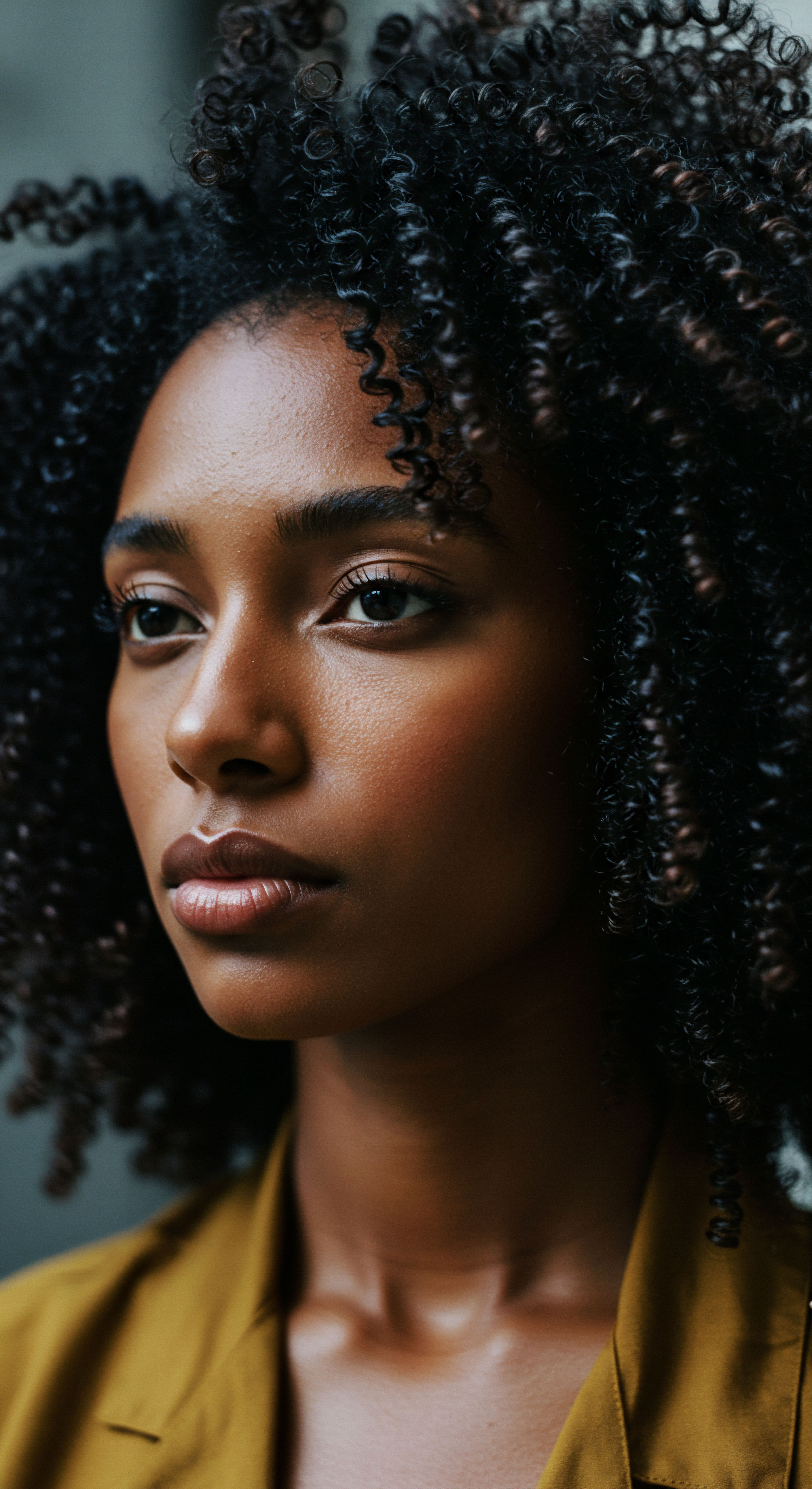
The Language of Hair’s Inner World
Understanding textured hair begins with a vocabulary that moves beyond superficial descriptions. The ancestral lexicon, often embedded within oral traditions and communal practices, speaks to a deeper comprehension of hair’s character. While modern science classifies hair types by numbers and letters, older wisdom spoke of hair’s “spirit,” its “thirst,” or its “strength.” These descriptions, though poetic, conveyed practical insights about its porosity, elasticity, and density.
- Porosity describes hair’s capacity to take in and hold moisture. Ancient methods, like sealing strands with plant-based oils after dampening, implicitly addressed varying porosity levels.
- Elasticity reflects hair’s ability to stretch and return to its original state. Gentle detangling and avoiding excessive tension, common in historical practices, preserved this vital characteristic.
- Density refers to the number of hair strands on the scalp. Rituals often considered the volume of hair, adapting techniques and product amounts to suit individual abundance.
This traditional nomenclature, less rigid yet deeply insightful, allowed for a personalized approach to care, recognizing that each crown held its own unique story and requirements. It was a language born of observation, not of laboratory analysis, yet remarkably precise in its application.
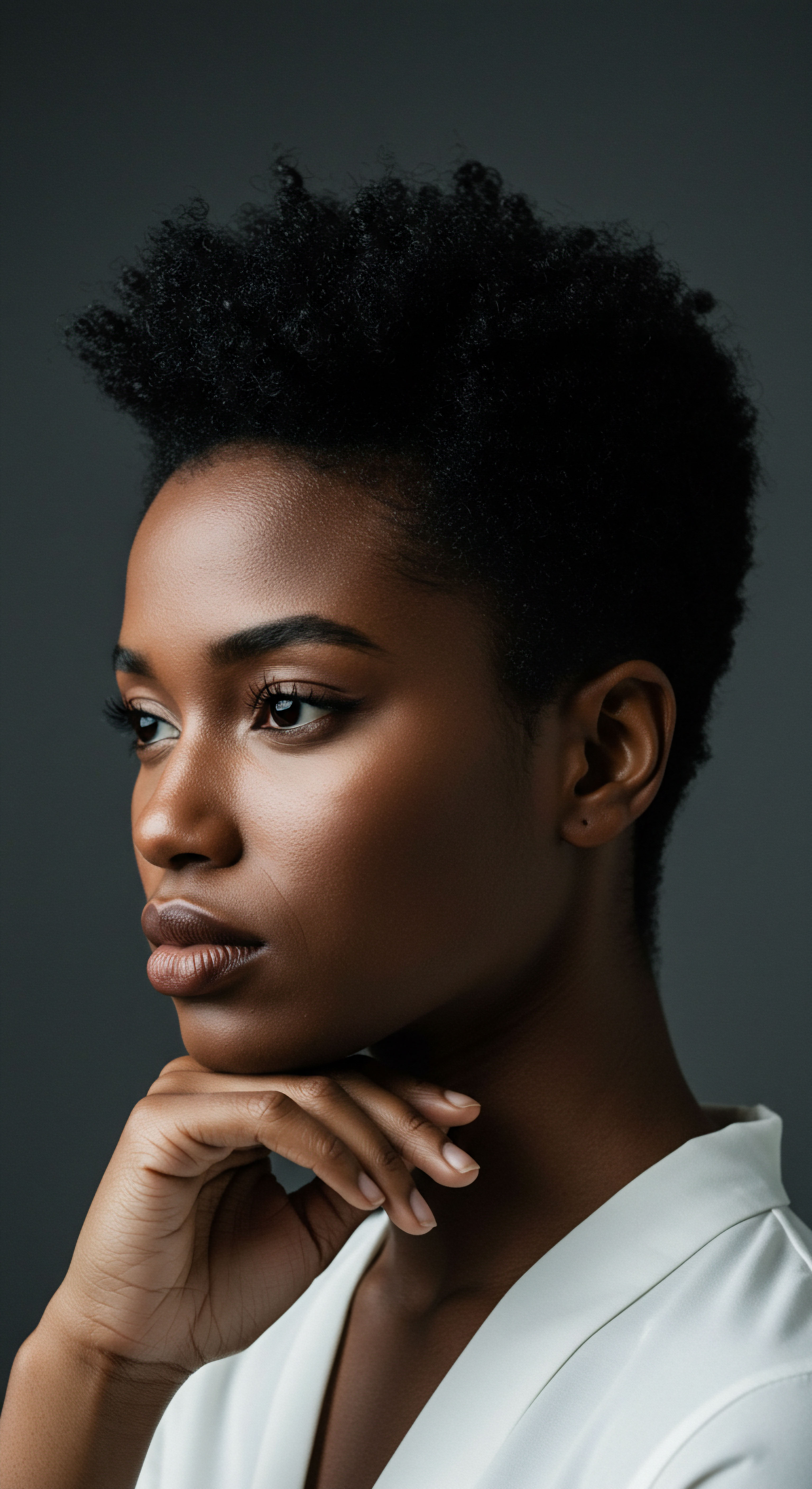
Hair’s Growth Cycles and Life’s Rhythms
The cycles of hair growth – anagen (growth), catagen (transition), and telogen (rest) – mirror the rhythms of life itself ❉ birth, change, and repose. Ancient cultures, living in close synchronicity with natural cycles, likely perceived this ebb and flow within their own bodies, including their hair. They recognized periods of shedding as natural, not as a cause for alarm, and understood that consistent, gentle care throughout all phases supported vitality.
This cyclical understanding informed practices such as periodic protective styling, allowing hair to rest and recuperate, or the seasonal harvesting of specific plants for topical application. It was a holistic view, where hair health was not isolated but seen as an integral part of overall well-being, connected to diet, spiritual practice, and environmental harmony. The wisdom lay in patience, in observing the natural inclinations of the body, and in providing sustained nourishment rather than seeking quick fixes.
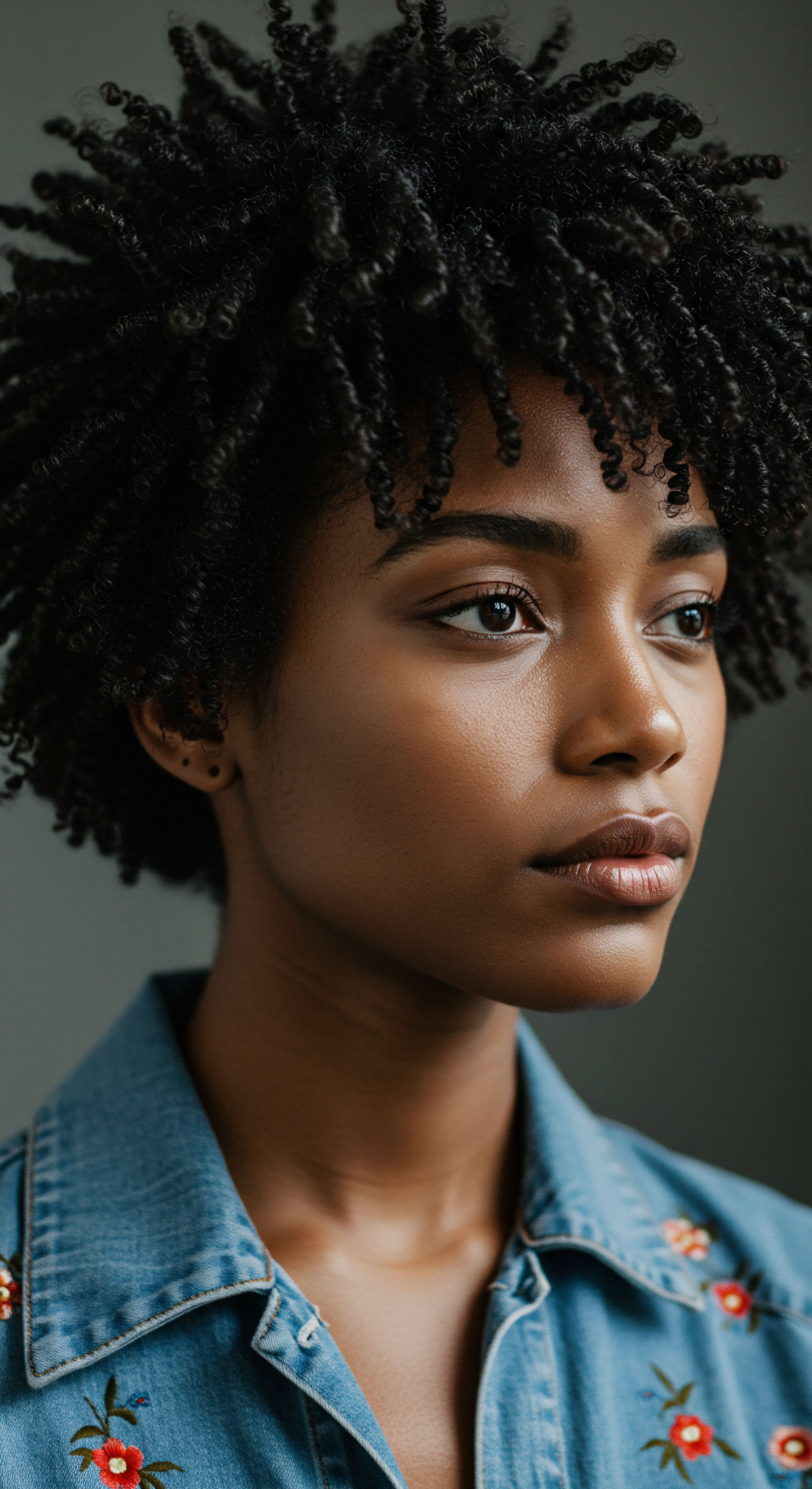
Ritual
Stepping from the quiet contemplation of hair’s fundamental nature, we move into the vibrant realm of ritual – the daily and periodic practices that shape our connection to our coils. These are not merely tasks; they are acts of devotion, inherited wisdom brought to life through touch and intention. The rhythm of ancient hands, gently braiding or anointing, finds its contemporary echo in our detangling sessions, our deep conditioning treatments, and our chosen methods of adornment. It is in these moments of conscious application that the wisdom of the past truly finds its practical expression.
The deliberate steps of cleansing, conditioning, and styling, though seemingly mundane, carry the weight of centuries. Consider the preparation of natural cleansers from saponin-rich plants or the creation of conditioning pastes from nutrient-dense seeds and fruits. These were not random acts but carefully observed processes, honed over time to deliver specific benefits.
The selection of particular plant oils for sealing moisture, or the application of protective muds, speaks to an empirical knowledge that preceded modern chemistry. Each action, performed with purpose, contributed to the overall health and resilience of the hair, extending its beauty and longevity.
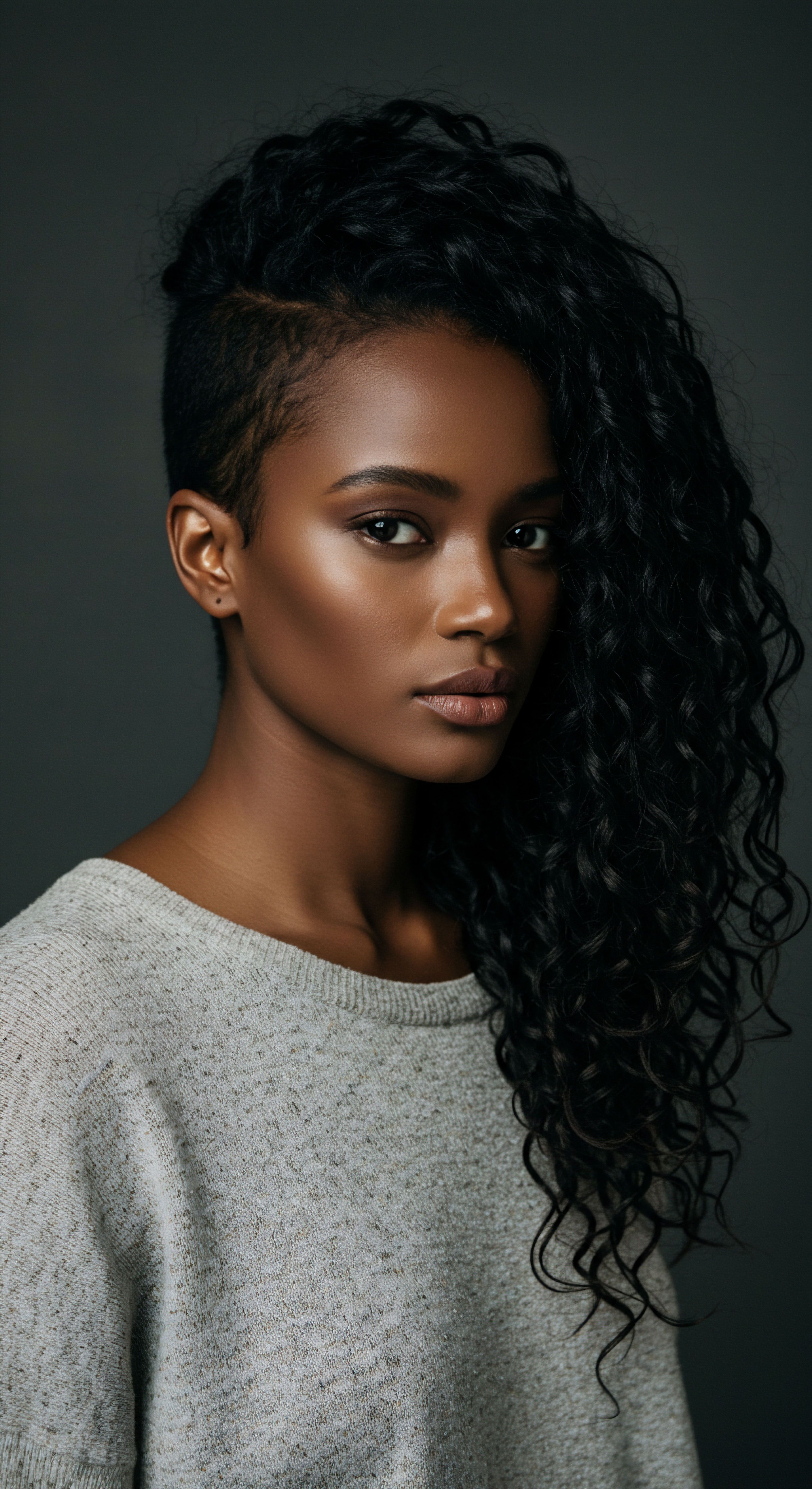
Protective Styling’s Ancient Lineage
Protective styling, a cornerstone of modern textured hair care, traces its roots directly to ancient practices across African and diasporic communities. These styles – braids, twists, cornrows, and various forms of wrapping – were not solely for aesthetic appeal. They served as vital shields, safeguarding delicate strands from environmental aggressors, minimizing manipulation, and preserving precious moisture. The longevity of these styles allowed hair to rest and flourish beneath their intricate patterns.
The precise techniques, often passed from elder to youth, varied widely across regions, reflecting diverse cultural identities and practical needs. For example, in some West African societies, intricate cornrow patterns could convey marital status, social standing, or even readiness for battle. The art of creating these styles was a communal act, a bonding experience that reinforced social ties while simultaneously tending to hair health. Today’s box braids or Senegalese twists carry this legacy, providing both beauty and protection, allowing hair to grow undisturbed for weeks or months.
Protective styling, a modern hair care staple, directly descends from ancient practices that shielded strands from harm and preserved moisture.
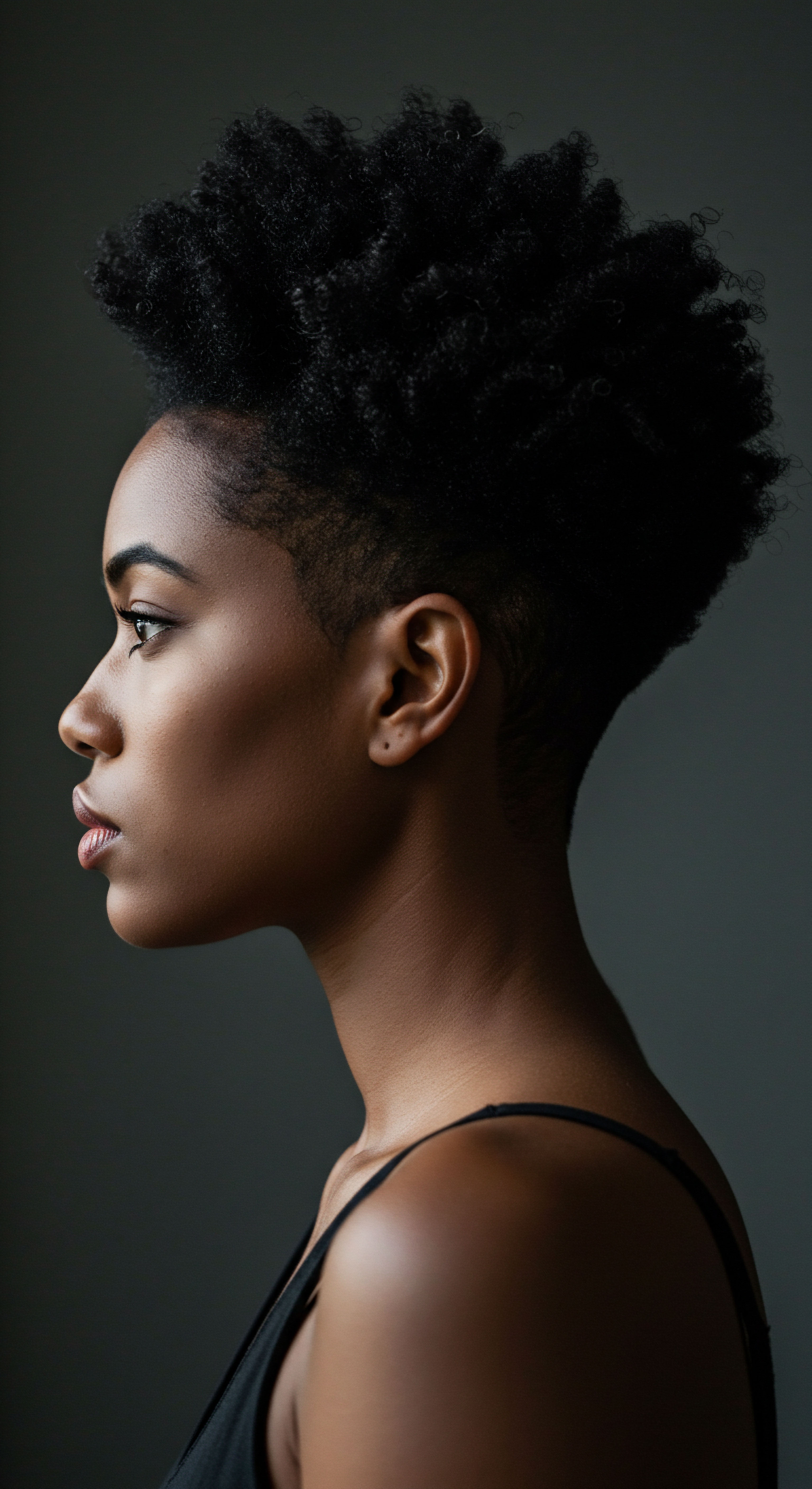
The Definition of Natural Patterns
The desire to define and celebrate natural hair patterns is not a recent phenomenon. Ancient cultures understood and honored the inherent curl of hair, often using specific plant extracts or naturally occurring gels to enhance definition without resorting to harsh chemicals or excessive heat. Techniques like finger coiling or knotting, which gently encourage the hair’s natural inclination, find parallels in methods used for centuries to sculpt and present hair in its unadulterated form.
The focus was on working with the hair’s natural disposition, rather than forcing it into an unnatural state. This respect for inherent texture is a profound lesson for today’s product choices, encouraging formulations that support and amplify, rather than alter, the hair’s original design. Products that define curls through gentle hydration and light hold mirror the efficacy of traditional plant-based emollients and fixatives.
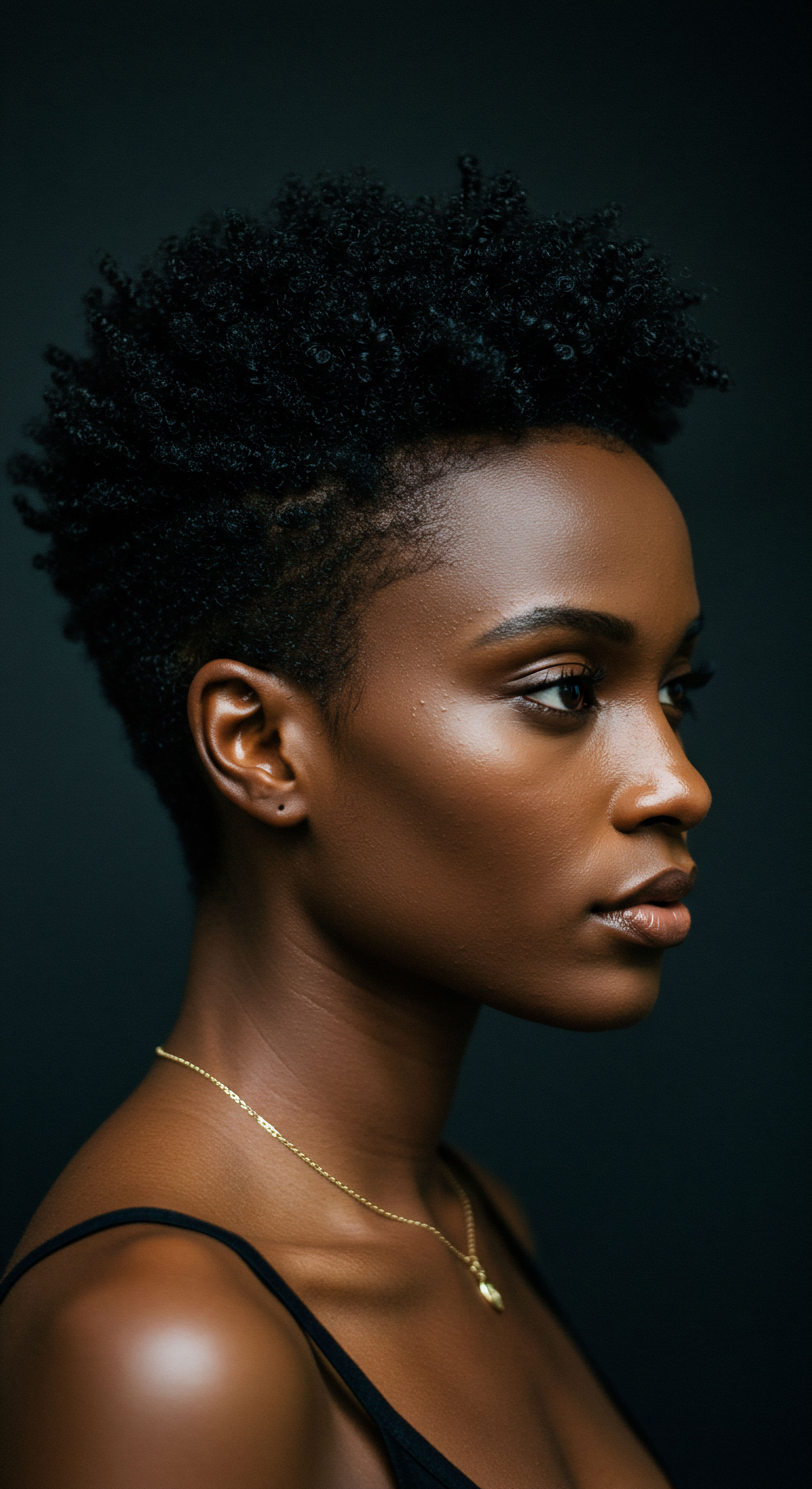
Tools and Their Timeless Purpose
The implements used in ancient hair care rituals, though simpler in form, served the same fundamental purposes as many of our modern tools.
- Combs carved from wood or bone, with wide teeth, were designed to detangle hair gently, minimizing breakage. Their modern counterparts, wide-tooth combs and specialized detangling brushes, echo this function.
- Pins and Adornments crafted from natural materials held styles in place, often adding symbolic meaning. Today’s hair accessories continue this tradition of both function and artistic expression.
- Clay Pots and Gourds served as vessels for mixing and storing natural concoctions, akin to our mixing bowls and product containers.
The underlying principle remained consistent ❉ tools were chosen or fashioned to respect the hair’s fragility and to facilitate practices that supported its well-being. This continuity highlights a timeless understanding of textured hair’s specific needs, regardless of technological advancement.
| Traditional Tool Wide-tooth wooden comb |
| Primary Purpose Gentle detangling, distributing oils |
| Modern Equivalent Wide-tooth detangling comb, Flexy Brush |
| Traditional Tool Plant-based oils (e.g. Shea butter, Castor oil) |
| Primary Purpose Moisture sealing, conditioning |
| Modern Equivalent Hair oils, leave-in conditioners |
| Traditional Tool Gourds/clay vessels |
| Primary Purpose Mixing/storing concoctions |
| Modern Equivalent Mixing bowls, product jars |
| Traditional Tool Bone/wood pins |
| Primary Purpose Securing styles, adornment |
| Modern Equivalent Hairpins, decorative clips |
| Traditional Tool Both traditional and modern tools prioritize gentle handling and effective product application for textured hair. |
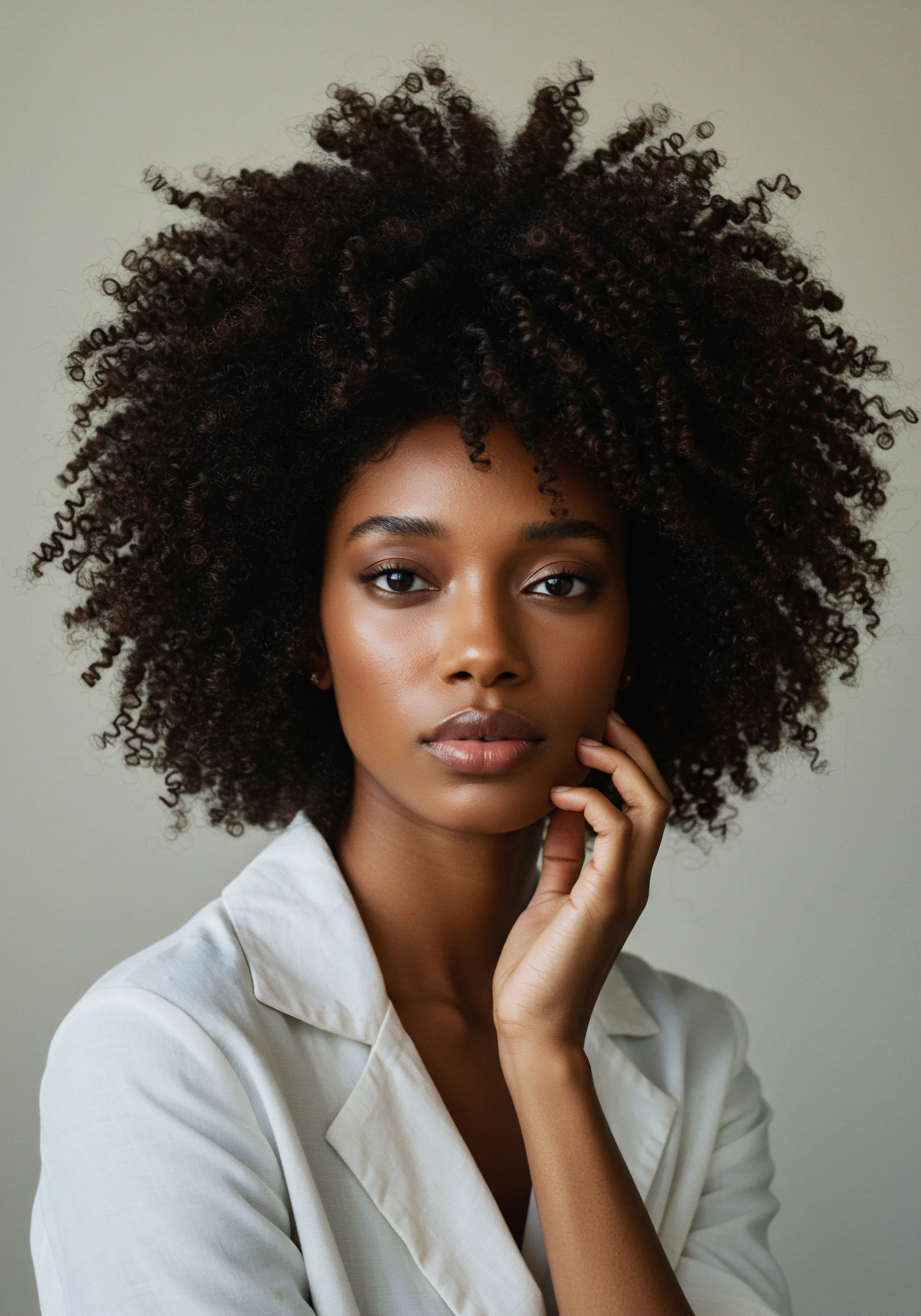
Relay
How does the quiet wisdom of antiquity truly shape the vibrant choices we make for textured hair today? This question invites us into a deeper exploration, where the delicate interplay of historical precedent, scientific discovery, and cultural identity forms a complex tapestry. It is here that we move beyond mere practice to a profound understanding of why certain approaches persist, and how ancient insights continue to inform our contemporary product landscape and care philosophies.
The ancestral legacy for textured hair is not a static relic; it is a dynamic current, continuously flowing into modern streams of thought and innovation. Many ingredients hailed as “breakthroughs” in today’s market, from various botanical extracts to specific fatty acids, find their efficacy mirrored in historical uses. The difference lies in the modern capacity for isolation and precise measurement, yet the initial discovery of their benefits often stems from generations of empirical observation.

Ancient Chemistry’s Enduring Legacy
Consider the long-standing use of specific clays in North African and Middle Eastern hair care, particularly rhassoul clay. For centuries, this mineral-rich clay, sourced from the Atlas Mountains of Morocco, has been employed as a gentle cleanser and conditioner for hair and skin. Its historical application was based on observed results ❉ hair felt soft, clean, and defined. Modern scientific analysis now illuminates the precise mechanisms behind this ancient wisdom.
A study published in the International Journal of Cosmetic Science (2016) on the physicochemical properties of Moroccan rhassoul clay demonstrated its high cation exchange capacity and significant absorption properties. This research highlights that the clay’s unique mineral composition allows it to gently absorb excess oils and impurities from the scalp and hair without stripping away natural moisture, a common issue with harsh sulfate-based shampoos. Furthermore, the study noted its ability to swell in water, forming a smooth, slippery paste that aids in detangling and conditioning, effectively mirroring the action of modern cream cleansers and conditioners. This scientific validation of rhassoul clay’s properties provides a compelling example of how ancient practices, once based purely on observation and tradition, are now understood through the lens of modern chemistry, proving their enduring efficacy for textured hair which benefits immensely from gentle cleansing and conditioning.

Why is Textured Hair Prone to Breakage?
The unique helical structure of highly coiled hair, while aesthetically stunning, also presents specific mechanical challenges. Research into the biomechanics of hair fibers has consistently shown that the points where the hair shaft bends and twists are areas of increased vulnerability to fracture. Each bend represents a potential stress concentration point, making textured hair inherently more susceptible to mechanical damage from manipulation, tension, and friction compared to straight hair.
This scientific understanding reinforces the ancient wisdom that prioritized minimal handling, protective styles, and gentle detangling. Traditional methods, such as finger detangling with oils or slow, deliberate combing with wide-toothed implements, intuitively mitigated these stress points. The focus was on preserving the integrity of the hair fiber, recognizing its delicate nature and the importance of reducing external stressors. This deep respect for the hair’s inherent structural properties, though unarticulated in scientific terms, formed the bedrock of practices designed to promote length retention and overall hair health.
The inherent vulnerability of coiled hair, now understood through modern biomechanics, was intuitively addressed by ancient practices prioritizing gentle handling.
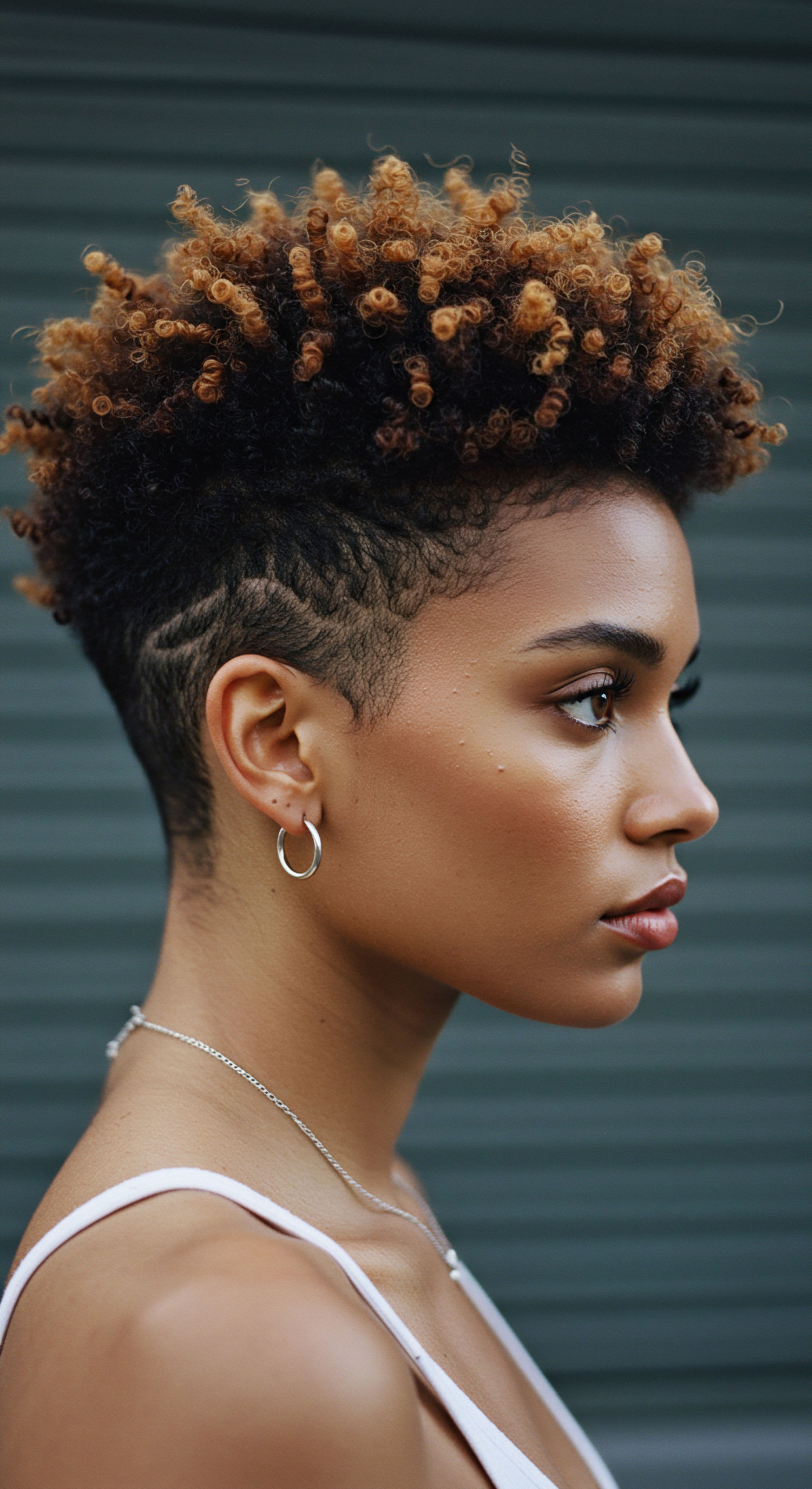
The Influence of Cultural Identity and Product Choice
The connection between hair, identity, and societal perception has always been profound. For textured hair, this connection is particularly rich and often complex. Ancient adornments, styles, and care rituals were not merely about aesthetics; they were powerful statements of tribal affiliation, spiritual belief, social status, and personal expression. The choices made about hair were deeply embedded within the cultural fabric.
In contemporary society, product choices for textured hair often carry a similar weight, albeit with new layers of meaning. The resurgence of the “natural hair movement” reflects a collective return to ancestral practices and an assertion of identity that challenges historically imposed beauty standards. Consumers are increasingly seeking products that align with principles of natural ingredients, ethical sourcing, and formulations that respect, rather than alter, their inherent hair texture.
This shift represents a modern relay of ancient values ❉ a desire for authenticity, a celebration of heritage, and a recognition of hair as a personal and cultural statement. The market response, with its proliferation of products catering specifically to textured hair, is a direct testament to this ongoing cultural dialogue.
| Society/Culture Ancient Egypt |
| Hair Practices Wigs, braids, oiling with castor/almond oil |
| Associated Meanings Cleanliness, social status, spirituality, protection from sun |
| Society/Culture Various African Tribes (e.g. Maasai, Fulani) |
| Hair Practices Intricate braiding, dreadlocks, use of red ochre/clay |
| Associated Meanings Age, marital status, tribal identity, spiritual connection, warrior status |
| Society/Culture Indigenous American Cultures |
| Hair Practices Long braids, adorned with feathers/beads, natural oils |
| Associated Meanings Wisdom, connection to nature, spiritual power, community bonds |
| Society/Culture Hair practices across diverse ancient cultures served as powerful markers of identity, status, and spiritual belief. |
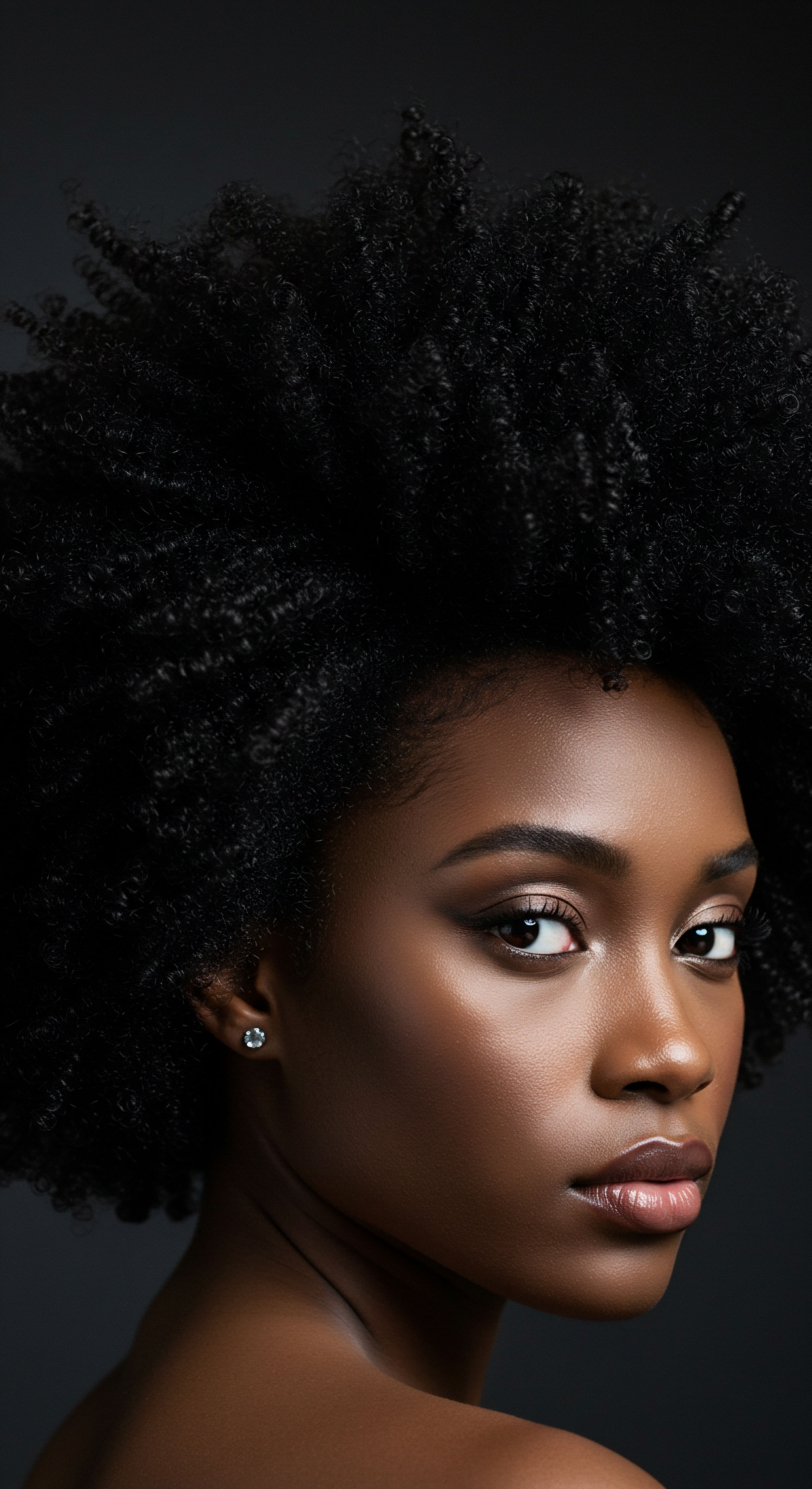
Reflection
The journey through ancient wisdom and its modern resonance for textured hair care reveals a continuous flow, a delicate current that carries profound lessons. It is a quiet affirmation that the path to vibrant, healthy coils was not born in a laboratory, but in the observant hands of our ancestors, in their deep respect for the earth’s offerings, and in their understanding of hair as a living extension of self. The choices we make today, from the ingredients we seek to the rituals we adopt, are not isolated acts; they are threads in a grand design, connecting us to a heritage of knowing. May this enduring wisdom continue to guide our hands and hearts, allowing every textured strand to unfurl its story with grace.
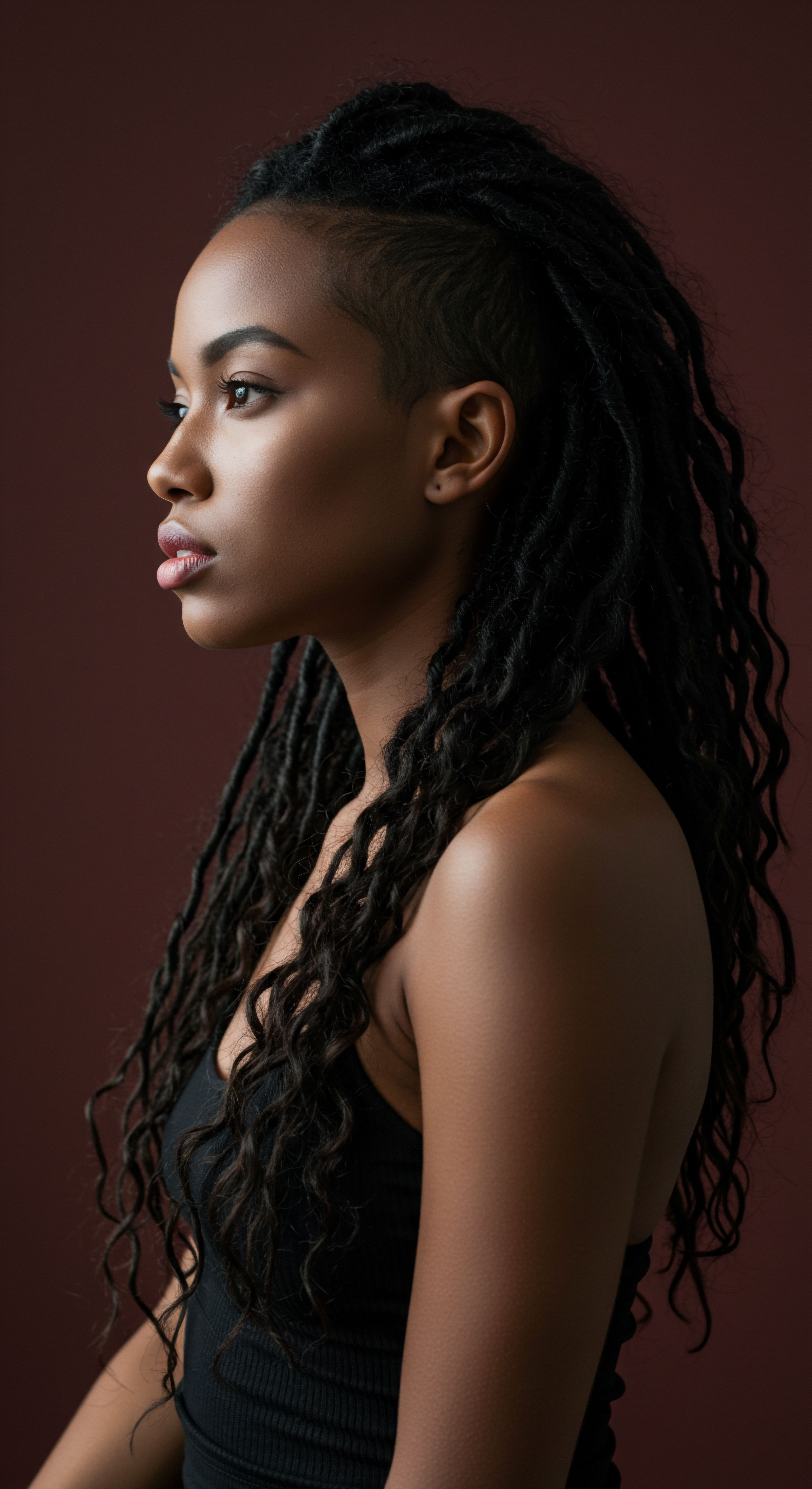
References
- Carretero, M. I. & Pozo, M. (2016). Clay and health ❉ an introduction to the use of therapeutic clays. International Journal of Cosmetic Science, 38(S1), 2-9.
- Davis-Sivasothy, A. (2011). The Science of Black Hair ❉ A Comprehensive Guide to Textured Hair Care. Sivasothy Publishing.
- Porter, C. D. (2018). Afro-textured Hair ❉ An Illustrated Guide to Its History and Science. Springer.
- Swift, J. A. (2007). The structure and mechanical properties of human hair. In The Science of Hair Care (pp. 23-45). CRC Press.
- Hoting, J. (2006). Mechanical properties of afro-textured hair. Journal of Cosmetic Science, 57(3), 207-219.
- Maynard, M. (2004). Dress and Globalisation. Manchester University Press.
- Byrd, A. D. & Tharps, L. (2014). Hair Story ❉ Untangling the Roots of Black Hair in America. St. Martin’s Press.